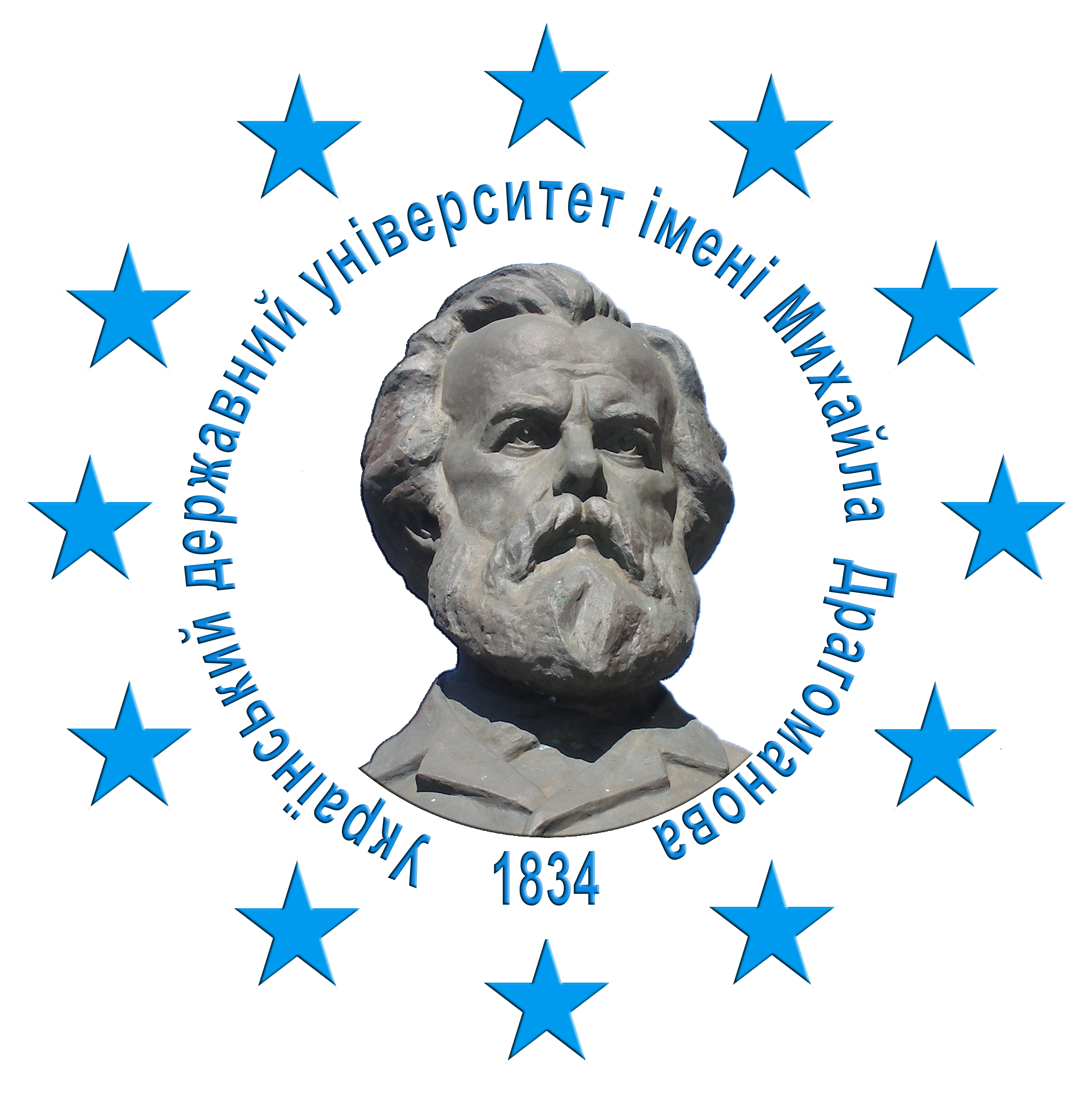“HYBRID” OBJECT IN MUSEUM SPACE AS A POTENTIAL FOR MULTIPLE NARRATIVES “RECONCILIATION”
DOI:
https://doi.org/10.31392/cult.alm.2023.4.27Keywords:
museum practices, multiple historical narrative, conflict transformation, hybrid object of artAbstract
Within the framework of the cultural analysis of peace-making function of art, which is actualized in the postconflict environment in the XXI century, the author overviews the potential of museum space design for realization of different strategies of interpretation of social and cultural heritage, which would meet the current public demands. Contemporary museum practices often include a combination of curatorial approaches. Two of the most relevant paradigms of museum practices are, firstly, the historical model, which is based on the processes of migration, cultural transmission, and hybridization of the form. The other model – natural or formal – prioritizes iconography and visual form over historical context. In an attempt to combine the idea of universality with the new discourse of globalization, many museums are turning to both approaches, placing their works in accordance with both cultural tradition and the historical perspective, reinforcing the mutual influence of the contradictory forms. The implementation of the functional purpose of the museum domain is carried out by means of social dialogue, in which the leading role is played by the visitors from one side of the dialogue, and the museum as an institutional form from the other. The visitor seeks to experience and recognize the past in his/her social and historical connections, and the museum, through the mediation of the museum object and the museum exhibit, creates this historical space and satisfies this need. This interaction has the potential to unite people around ideals and moral values. The museum space can be a driver to joint exploration of reality and the past, and it creates a feeling of identification and affiliation with the ideals. With the goal of consolidating society in the face of the challenges of the present, museum practices should use hybrid cultural objects in a way that shifts the focus of attention to the past and the present, that would shift the focus of visitors' attention from the discursive question of national identity to the shared notion of national imperative in its cultural context, that is, to the principles that are derived from the social purpose of culture: ensuring of happiness, humanism, successful living and progressive development of the people. For Ukraine, the problem of history and “war of narratives” is mainly reinforced by the presence of different "heroics" and different vectors of memory. This puts into question the "validity" of total metanarrative (according to Liotar). The expressive dichotomy of the East-West in relation to the cultural-historical landscape does not give an adequate understanding of the process of shaping the images of the past, at the same time opening up a vast field for political speculation. Moreover, the rapid change of political conjuncture leads to "hybridization" of museum representations in order to meet the political discourse in force at the moment. Since these discourses are often mutually exclusive, the hybrid museum representations have logical limitations that imply the scientific nature of museum content. The museum exposition is brought in line with the “ruling” discourses, it remains in the frame of informational warfare, thus reinforcing the confrontational nature of the culture of remembrance. Therefore, such representations are not suitable for dealing with informational attacks and are encouraging to aggressive actions. Considering the above, how should we develop a museum strategy? In author’s view it is necessary to form a consistent framework for understanding of our history (up to the present day), which would include a multiplicity of encounters and perspectives. The modern museum is able to solve this fundamental problem by thoughtfully creating a cultural space with inclusion of sometimes "hybrid" objects within the exhibits of material culture that sparkle dialogue both among themselves and between the object and the viewer in order to generate a non-written narrative, which would be accepted by the widest audience as relevant and practical, as well as vectored towards the future.
References
Assmann, A. (2013). Das neue Unbehagen an der Erinnerungskultur. Eine Intervention. München: C. H. Beck. 312 p.
Bennett T. (1995). The Birth of the Museum: History, Theory, Politics. London: Routledge. 278 p.
Blanc F. (2020). Worlds in a Museum. Leuven University Press. 272 p.
Bourdieu, P. (1991). The Love of Art: European Art Museums and Their Public. Stanford, CA. 182 p.
Cameron D. (1972). The Museum, a Temple or the Forum, The Journal of World History special number, “Museums, Society, Knowledge”. Reprinted with the permission of UNESCO. Р. 11–24.
Dillenberger, J. and Handley, J. (2014). The religious Art of Pablo Picasso. Berkeley: University of California Press. P. 69–71.
Geary, P. (2002). The Myth of Nations: The Medieval Origins of Europe. Princeton: Princeton University Press. 216 p.
Kant, I. (2019). Foundations of the Metaphysics of Morals. Edited and translated by Bennett C., Sauders J., Stern R. Oxford: Oxford University Press. 108 р.
Levi-Strauss, C. (1969). The Elementary Structures of Kinship. Translated by Bell J. H., Von Sturmer J. R., Needham R. Boston: Beacon Press. 571 p.
Pierre Nora. (1989). Between memory and history. Special Issue: Memory and Counter-Memory. University of California Press. Р. 9.
Руденко, С. Б. (2021). Музей як технологія. Київ: Видавництво Ліра-К. 436 с.
Руденко, С. Б. (2017). «Гібридна» історіософія в Музеї Великої Вітчизняної війни у Києві (ІІ пол. 1990-х). Гілея No 118. C. 105–110.
Said, E. (1993). Culture and Imperialism. Chatto & Windus. 608 p.
Šola, Т. (2012). Eternity does not live here anymore – a glossary of museum sins. Zagreb. 312 p.
Ting, K. (2020). Interstital identities: Reimagining the Asian Civilizations Museum. Worlds in a Museum, Leuven University Press. Р. 153.








